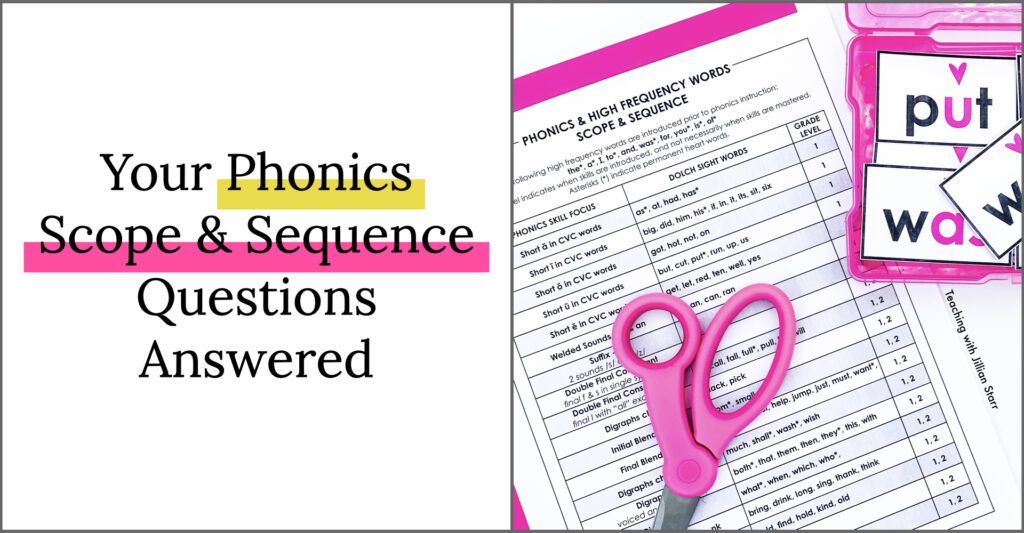
If you’ve been following along on our Science of Reading journey this far, you know that phonics instruction is a key piece of the reading puzzle. But maybe you’re left with more questions than answers. Like, how should I create an effective phonics scope and sequence? Or how do I support students that are struggling with phonics skills? Or where do I even start with phonics instruction?
I’m jumping on the blog today to answer some common phonics scope and sequence questions. These are some of the big questions that I had once I started digging into SoR. I thought I’d circle back and share some of these answers with our virtual team, in case you’ve got the same questions.
What is the Goal of Phonics Instruction?
Before we get into the nitty-gritty of the phonics scope and sequence, let’s take a minute and remember the why. It can sometimes become so automatic as teachers to add the next things to our to-do list without giving it a second thought. In this case, it can really help our planning to put the why of phonics instruction front and center.
We teach phonics skills to strengthen orthographic mapping skills. These skills allow our students to be able to efficiently and accurately match sounds of words to letters in order to read and write. In order to best support orthographic mapping skills for all students, we explicitly and systematically teach phonics to all students. Using a research-supported phonics scope and sequence will help our students create a solid foundation and successfully add phonics sounds to their growing bank of letters and sounds.
What Phonics Scope and Sequence Should I Use?

In my opinion, there isn’t a perfect answer to this question. There are multiple scope and sequences out there that I believe will ALL serve as a solid foundation for phonics instruction. I am not someone who is wed to a specific program, but two approaches that I have learned a lot from include the Wilson Reading Program and A Fresh Look at Phonics from Wiley Blevins.
The most distinct difference that I have found between the two is that Wilson takes on the six-syllable approach to teaching vowel sounds, while Blevins makes less of a distinction by syllable and focuses more on long vs. short. For example, Wilson will explicitly teach VCe, Open, and Vowel Team Syllables in separate stages of their sequence, while Blevins gives more flexibility to teach them alongside each other under the umbrella of “Long Vowels.”
If you are curious about what a detailed scope and sequence could look like in your classroom, I recommend downloading my FREE phonics scope and sequence to get started (see below). The free download goes a step further to include all 220 words from the Dolch High-Frequency Word List and where it makes the most sense to introduce them in alignment with phonics skills. An extra bonus? It includes all 220 words in an editable format so you can begin the practice of teaching Heart Words in your classroom!
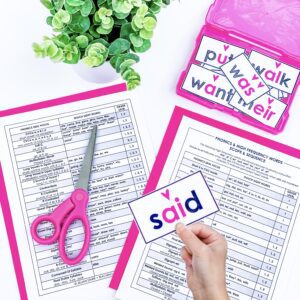
FREE Heart Words and Phonics Scope & Sequence
Looking to get started with Heart Words? This FREE pack includes 220 high-frequency words, a detailed phonics scope & sequence, and an editable version to help meet your unique needs.
What if I’m Given a Phonics Scope and Sequence from my Curriculum or District?
Great question! While some of us find ourselves needing to come up with a phonics scope and sequence from scratch, some of us are expected to use a specific program or high-frequency list from our district. That phonics scope and sequence may line up with the Science of Reading recommendations. But it may not. If that’s you, you’re not alone and I’ve got some ideas for you.
First, let’s look at this list through the lens of flash words and heart words. Are there some words that follow phonics patterns? These words will become flash words, words that your students will be able to read “in a flash” once they learn the phonics patterns. Are there some words that will not fully fit into a phonics pattern? These words will become heart words, words that your students will use phonics skills to read some parts of the word and commit other parts of the word to “heart” because parts of the word do not fit a phonics skill.
By taking your list and sequence and connecting it to phonics patterns, you’ll be supporting your students in building those orthographic mapping skills.
Do you have wiggle room in the phonics scope and sequence as long as you teach the given list of words? Consider shifting your words or skills to align with an SoR-suggested sequence, like the one listed above. Teaching these skills in an SoR-aligned sequence will support skills building upon each other.
Do I Need to Teach All Kids the Same Phonics Rules at the Same Time?
We often have students that understand concepts quickly and we work to find ways to challenge their thinking. While it’s tempting to move them right along to the next concepts there are so many benefits to encouraging children to think deeper not necessarily farther along.
Phonics is no different. In fact, the SoR research suggests explicitly and systematically teaching these skills in the phonics scope and sequence to ALL students, even if they can already read the words. Knowing these phonics rules, and learning them early on, will only benefit our students as they approach more challenging words and texts.
But won’t these students be bored practicing words that they already know? Possibly. But, that’s where some strategic planning on our part can make a huge difference. We can challenge our students to think deeper about skills that we teach the whole class. Some students may be ready to manipulate letters to build new words with a similar pattern. Some favorite extension activities to provide students the opportunity to apply what they know about phonics patterns include:
- Phonics Word Ladder Puzzles: Selecting the current phonics skill from the sequence
- Write Your Own Word Family Poem: The poem should use words connected to the phonics skill
- Making Words Unscrambler: The letters used should center the current phonics skill
- Create Your Own Board Game: The focus of the game involves the current phonics skill
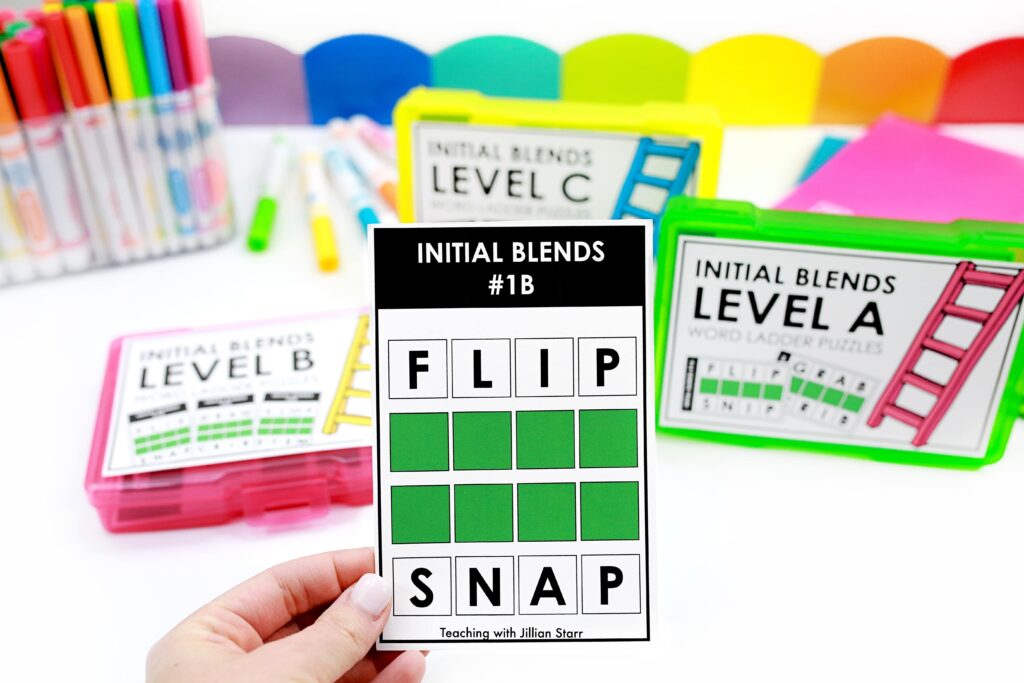

I hope this post answered some of your big phonics scope and sequence questions and gives you some ideas to support your phonics work with your students. Do you have more burning phonics or Science of Reading questions? Let me know in the comments.
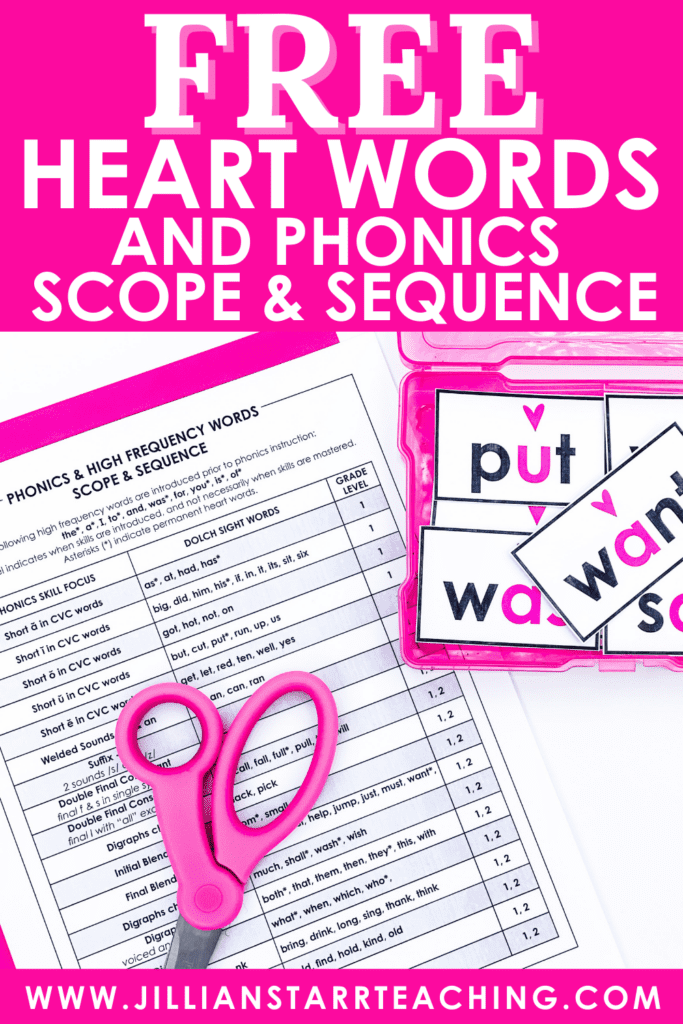


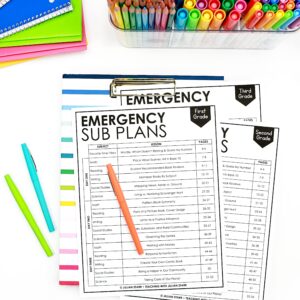

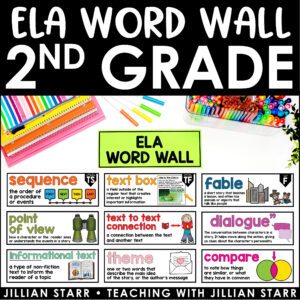
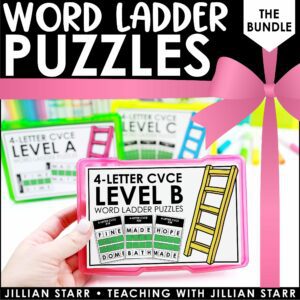
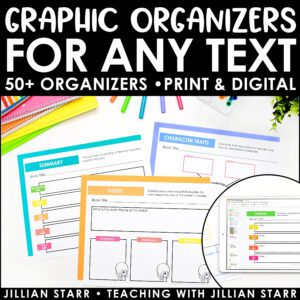
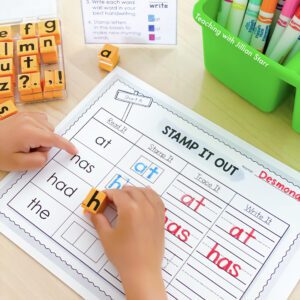




Leave a Comment